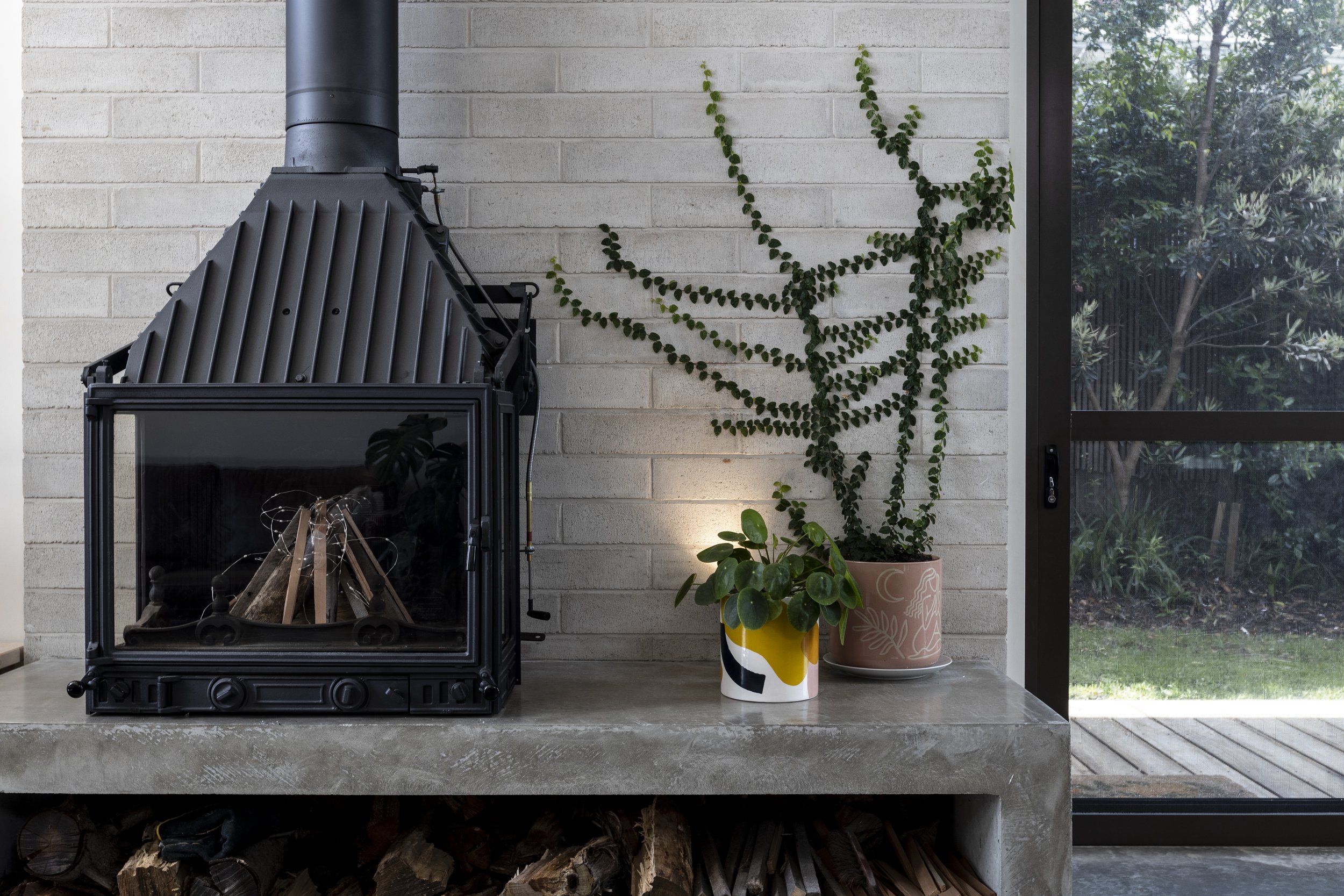
10 Key Principles of Environmentally Sustainable Design: Enhancing Building Performance and Comfort
In the escalating pursuit to create a world that respects our environment, applying environmentally sustainable design (ESD) principles to new developments is crucial. These principles extend beyond simply 'going green.' They encompass a broad range of ten categories that collectively contribute to reducing negative environmental impacts and improving the health and comfort of building occupants. This blog post provides a comprehensive analysis of these ten categories: indoor environment quality, energy efficiency, water efficiency, stormwater management, building materials, transport, waste management, urban ecology, innovation, and construction and building management.

What is Holistic Architecture and why we should create a Holistic Home
Holistic architecture offers a solution to that feeling of needing something more out of your living environment. Blurring the boundaries between indoors and outside, it's an approach based on creating a unified whole that improves harmony and sustainability. Not only does holistic architecture bring beauty into residential spaces – it also brings practical advantages for everyone from busy families to young professionals in need of calm; as well as for designers looking for form and function. So what is holistic architecture about? In this blog post, we'll dive deeper into explaining its concept and uncover why having a holistic home can benefit us all!

How good design can impact Health & Wellbeing
In today's world, it is not enough for a home or building to look good—it must also be designed in such a way that it increases the health and wellbeing of its inhabitants. Good design not only improves the aesthetics of a space, but also optimises passive thermal comfort through the use of natural light, natural ventilation, and natural materials. Here, we explore how good design can improve your health and wellbeing.

